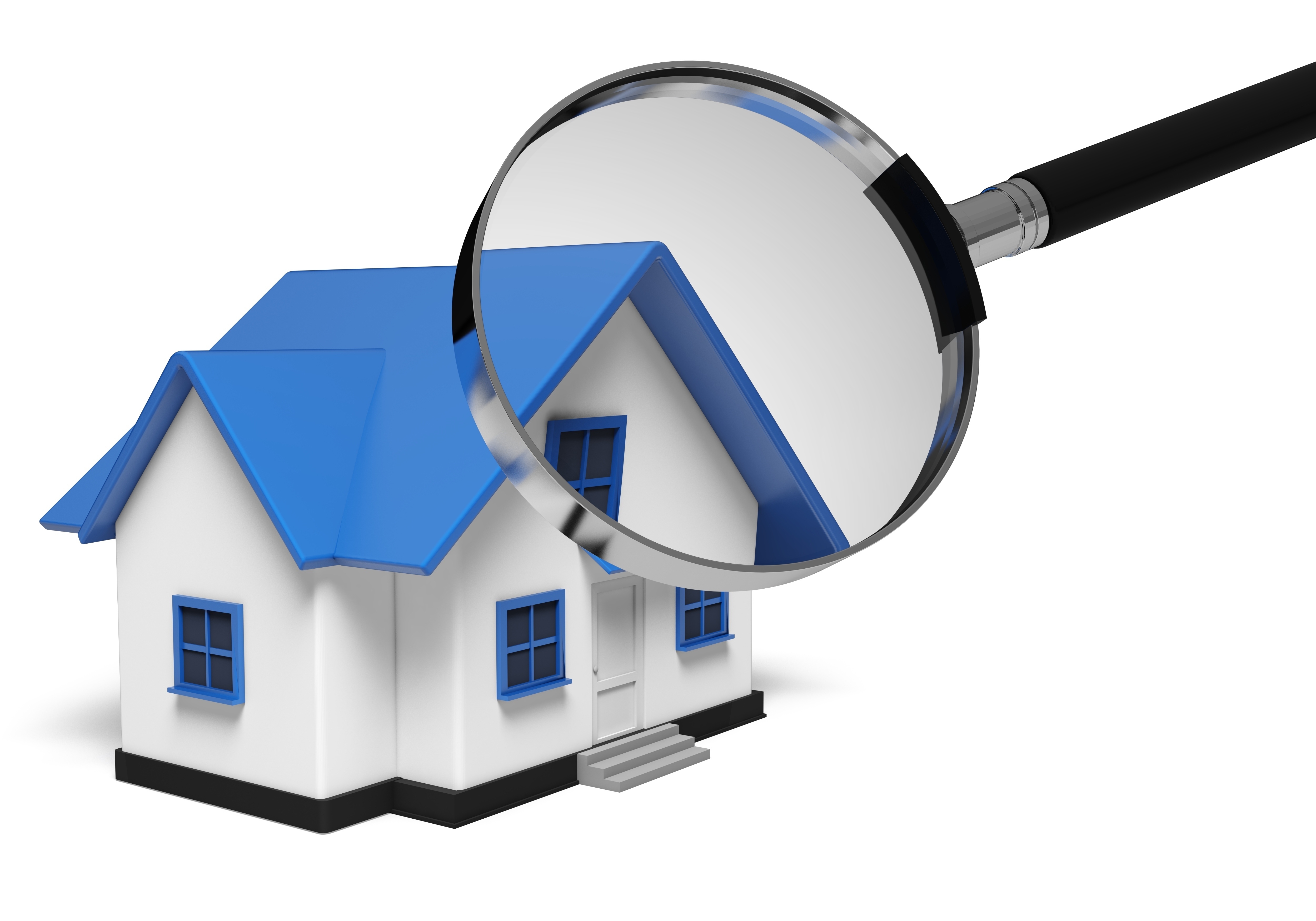
Understanding AppraisalsGetting a house can be the most important transaction some could ever encounter. It doesn't matter if a primary residence, a seasonal vacation home or one of many rentals, purchasing real property is an involved financial transaction that requires multiple people working in concert to see it through. Practically all the people participating are quite familiar. The most familiar person in the exchange is the real estate agent. Next, the lender provides the financial capital required to bankroll the transaction. And ensuring all areas of the transaction are completed and that the title is clear to transfer from the seller to the buyer is the title company. So, who's responsible for making sure the property is worth the amount being paid? This is where you meet the appraiser. We provide an unbiased opinion of what a buyer might expect to pay — or a seller receive — for a property, where both buyer and seller are informed parties. A licensed, certified, professional appraiser from M&G Appraisals will ensure, you as an interested party, are informed. Inspecting the subject propertyTo determine an accurate status of the property, it's our responsibility to first conduct a thorough inspection. We must see aspects of the property first hand, such as the number of bedrooms and bathrooms, the location, and so on, to ensure they indeed exist and are in the condition a typical buyer would expect them to be. The inspection often includes a sketch of the property, ensuring the square footage is proper and conveying the layout of the property. Most importantly, we look for any obvious amenities - or defects - that would have an impact on the value of the property. Once the site has been inspected, we use two or three approaches to determining the value of the property: paired sales analysis and, in the case of a rental property, an income approach. 
Cost ApproachThis is where we gather information on local construction costs, the cost of labor and other elements to figure out how much it would cost to build a property comparable to the one being appraised. This estimate often sets the upper limit on what a property would sell for. It's also the least used predictor of value. 
Analyzing Comparable SalesAppraisers get to know the subdivisions in which they appraise. They innately understand the value of specific features to the homeowners of that area. Then, the appraiser researches recent sales in close proximity to the subject and finds properties which are 'comparable' to the real estate being appraised. By assigning a dollar value to certain items such as fireplaces, room layout, appliance upgrades, extra bathrooms or bedrooms, or quality of construction, we adjust the comparable properties so that they are more accurately in line with the features of subject.
Once all necessary adjustments have been made, the appraiser reconciles the adjusted sales prices of all the comps and then derives an opinion of what the subject could sell for. When it comes to knowing the true worth of features of homes in Hampton and Rockingham, M&G Appraisals can't be beat. This approach to value is usually given the most importance when an appraisal is for a real estate purchase. Valuation Using the Income ApproachA third method of valuing approach to value is sometimes used when an area has a measurable number of renter occupied properties. In this case, the amount of revenue the real estate yields is factored in with other rents in the area for comparable properties to derive the current value. The Bottom LineAnalyzing the data from all approaches, the appraiser is then ready to stipulate an estimated market value for the subject property. The estimate of value at the bottom of the appraisal report is not necessarily what's being paid for the property even though it is likely the best indication of what a property is worth. Depending on the individual situations of the buyer or seller, their level of urgency or a buyer's desire for that exact property, the closing price of a home can always be driven up or down.Regardless, the appraised value is typically employed as a guideline for lenders who don't want to loan a buyer more money than the property is actually worth. Here's what it all boils down to, an appraiser from M&G Appraisals will guarantee you discover the most accurate property value, so you can make wise real estate decisions. |